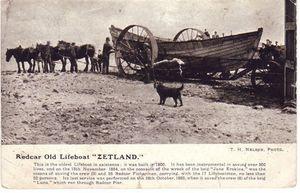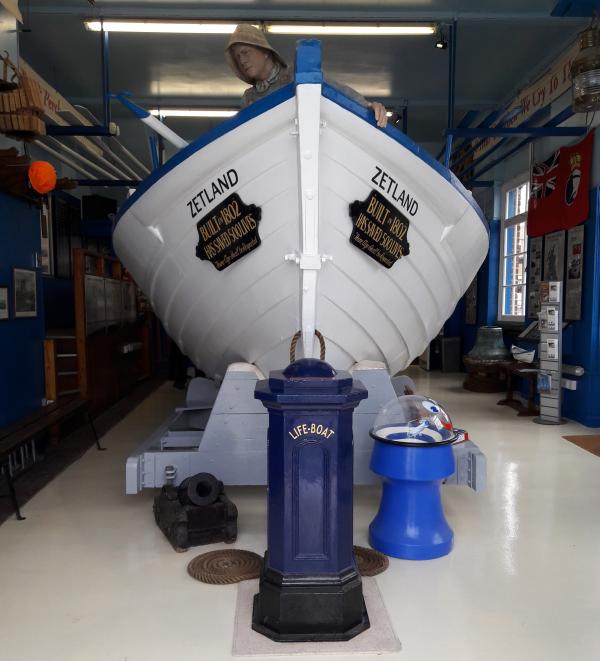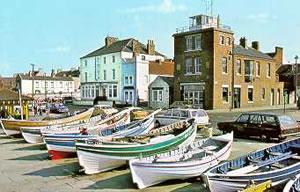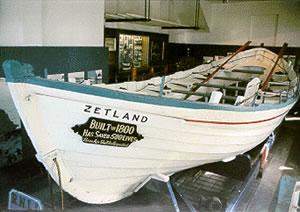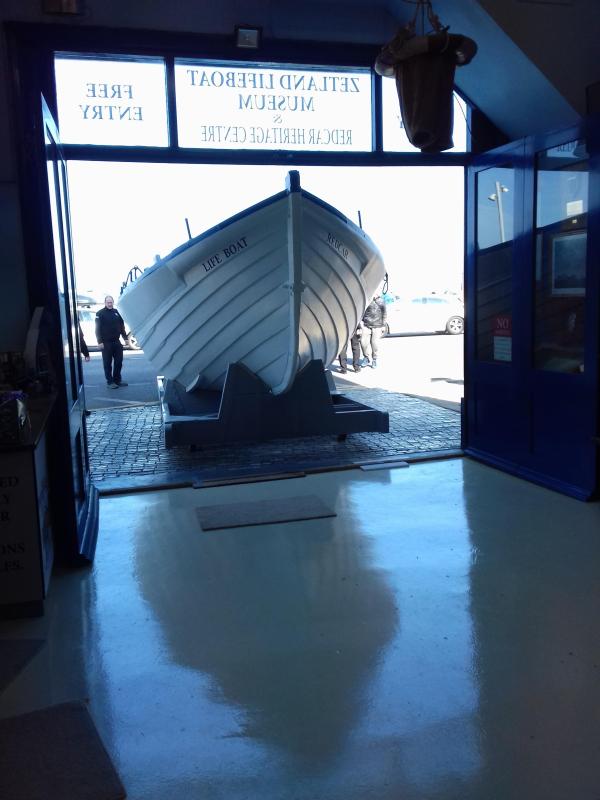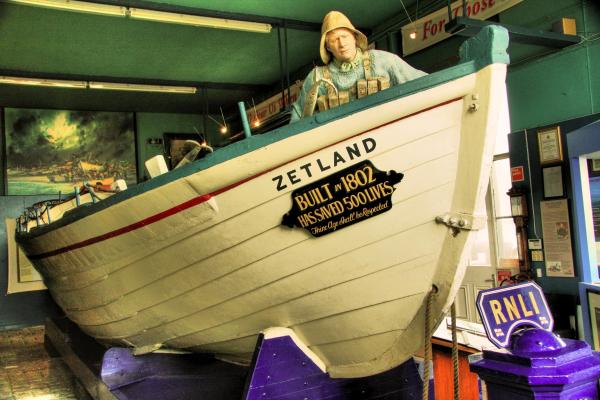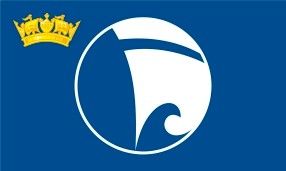
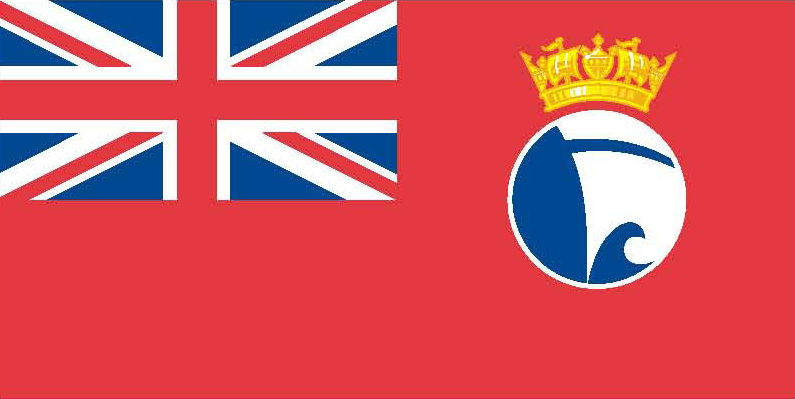

Details
Construction
Dimensions
History
ZETLAND is the world’s oldest existing lifeboat and sole survivor of the 31 lifeboats designed and built by Henry Greathead. There remains some confusion over who designed the first lifeboat, but Greathead was awarded the ‘prize’ for ORIGINAL in 1790, and then built 30 more, ZETLAND being No 11. The funds to build her (£200) were raised by local fisher-folk with the assistance of Lord Dundas and the Reverend Pym Williamson. ZETLAND was stationed at Redcar on 7 October 1802 and christened in honour of the Lord of the Manor. She saw 78 years of service and saved over 500 lives.
ZETLAND is clinker built of larch planking on oak frames. The forward and aft quarters of the boat are identical in construction, giving a classic ‘double-ender’ structure. A wooden rocker keel is protected by a ferrous metal keel-band fitted from stem to stern. There are six thwarts, supported at their centre by turned wooden stanchions. The bulwarks form the outer sides of built-in ‘water-tight’ compartments that are an intrinsic part of the structure. The extreme hull shape and her clinker construction would require very wide boards if finished in single lengths, so the strakes are formed of varying planks of wood scarped together. The hull is copper nail and rove fastened and has therefore largely not been affected by wood metal reaction.
In 1858, the RNLI took over ZETLAND from the Teesbay Lifeboat and Shipwreck Society. They maintained her until September 1864 when a new boat RNLI CROSSLEY was launched at Redcar. ZETLAND was hauled to the beach and an RNLI joiner was ordered to destroy her. However, the town folk resented this and it was arranged that Redcar could keep the boat as long as she did not compete with CROSSLEY. Sufficient funds (£100) were raised for her repair at South Shields in 1872. A lifeboat rowing race of four boats was held which ZETLAND won.
During the intervening years her humanitarian work continued, culminating in the rescue of the brig LUNA in 1880 when on the 28th and 29th October, a severe gale disturbed Redcar. The RNLI BURTON ON TRENT (which had replaced CROSSLEY in July 1987) and the Free Gardners EMMA returned to shore after having rescued 12 crew in total from two different vessels when another sign of distress was exhibited. The Brig LUNA had drifted towards Redcar Pier. ZETLAND was made ready but had not launched before the LUNA had crashed through the Pier dividing in two. ZETLAND managed to save all seven of the crew and for this deed the RNLI awarded £100 to the RNLI crew.
Being homeless, a brick shed was built for ZETLAND at the end of Granville Terrace and she was then used for salvage and other odd jobs. Eventually Lord Zetland gave her refuge in a barn at Marske. In 1905, a representative body was formed by local fishermen and the lifeboat committee and over £280 was collected to buy the Free Gardeners lifeboat house (formerly housing EMMA). ZETLAND was moved there and handed over the Redcar Borough Council.
On 20 March 1907, the boathouse was opened for public inspection. ZETLAND was later closed away from public eyes for 17 years during and after the Second World War until the Redcar Ladies Lifeboat Guild opened the Free Gardeners Lifeboat House. From 1957 to 1960, the interior remained the same until the Council finally made some improvements and alterations. In May 1963, ZETLAND undertook a long journey to Edinburgh to be the centerpiece at the International Lifeboat Conference in a specially built cradle. In 1969, Redcar Borough Council ceased to exist and the residents became part of Teesside County Council. The museum was refurbished and opened with paid attendants in 1969. This only lasted 5 years until the Museum was closed. A 'Save ZETLAND' campaign was launched and it was finally agreed that the museum and lifeboat would be transferred to the RNLI.
The RNLI handed back the lease on the Museum on 31st March 2015 and the Museum was taken over by the existing Management Committee and became an Independent Museum. In 2018 (following a vessel survey undertaken in April 2014), 'The Friends of Zetland Lifeboat' raised sufficient funds to appoint a boatbuilder to undertake required conservation work.
This vessel is listed on the National Small Boat Register https://nmmc.co.uk/explore/databases/ being under 33 feet in length overall. Her record is also held by NHS-UK as a vessel which has been awarded the status of inclusion in the National Historic Fleet, being considered of pre-eminent significance and meeting all criteria for the Fleet other than length.
Significance
- What is the vessel’s ability to demonstrate history in her physical fabric?
Evidence for designs, functions, techniques, processes, styles, customs and habits or uses and associations in relation to events and people. How early, intact or rare these features are may impact on significance.
Constructed in 1802 in South Shields, ZETLAND is clinker built of larch planking on oak frames. Her forward and aft quarters are identical, giving her a classic ‘double-ender’ structure. The wooden rocker keel is protected by a ferrous metal keel-band fitted from stem to stern. She has six thwarts, supported at the centre by turned wooden stanchions. The bulwarks form the outer sides of built in watertight compartments, which are an intrinsic part of the hull. The strakes that make up the hull construction are formed of various planks of wood scarfed together. The hull is copper nail and rove fastened, and is largely unaffected by wood metal reaction. She has two lead ballast tanks. ZETLAND remains primarily original in all her components. In 2018, ZETLAND underwent some conservation work. A piece was spliced into the bow stem post and one of the planks on the port side behind the bilge keel. The bow stem post metal runner was restored and the port bilge keel replaced. Inside the hull, rotten deck supports were removed and replaced, as well as one deck plank. The supports and underside of the new deck plank were coated with bitumen paint to replicate the materials used when the vessel was first built. Most of the paint was removed, and prior to the re-painting, several areas had to be filed and sanded in order to create a consistent smooth finish. All metal work was primed and external planks were treated with wood preserve and primer. Acrylic satin was used for the final two coats of off white and blue.
- What are the vessel’s associational links for which there is no physical evidence?
Associations with people or places. Off-ship research.
In 1790, Henry Greathead was awarded a prize for constructing the ‘first ever’ lifeboat ORIGINAL – and subsequently built 30 more, ZETLAND being number 11. She is now the oldest existing lifeboat in the UK and sole survivor of those built by Henry Greathead. Her construction was financed by the local fisher folk of Redcar with the assistance of Lord Dundas, who later became the 1st Earl of Zetland, and the Reverend Pym Williamson. ZETLAND was stationed at Redcar in 1802 and saw 78 years of service, saving over 500 lives and giving her strong significance to the local area. In 1858 the RNLI took over ZETLAND from the Teesbay Lifeboat and Shipwreck Society. She carried out many rescues during this time, with the saving of crew from the brig LUNA in 1880 being one of the more famous, for which the RNLI was awarded £100. In 1963, ZETLAND was used as the centrepiece for the International Lifeboat Conference in Edinburgh, displayed in a purpose built cradle. She is recorded on the National Small Boat Register, and also has the status of being included on the National Historic Fleet, meeting all criteria other than length.
- How does the vessel’s shape or form combine and contribute to her function?
Overall aesthetic impact of the vessel, her lines, material she was built from and her setting. Does she remain in her working environment?
Henry Greathead envisaged ZETLAND’s design to be as unsinkable as possible to facilitate rescue work. Contributing to this was the seven hundredweight cork originally fitted externally as a fender beneath the gunwales and internally from the thwarts to the deck. This was later replaced in 1823 by air boxes with the addition of eight relieving tubes for draining away excess water. The double ended design of ZETLAND also helped with rescue work, meaning there was a reduced need to turn broadside into waves. The rocker keel assisted with manoeuvrability in large swells. Aesthetically, ZETLAND’s white and blue livery gives her a striking appearance on display at the Redcar Heritage Centre. She has been stored and preserved in the same boathouse since 1907, based in Redcar where she served during her working life.
Source: NHS-UK team, February 2024
Key dates
-
1802
Built by Henry Greathead of South Shields and served as Redcar lifeboat saving over 500 lives
-
1858
RNLI took over ZETLAND from the Teesbay Lifeboat and Shipwreck Society
-
1864
RNLI CROSSLEY was launched at Redcar and ZETLAND was set for destruction but was saved for use at Redcar
-
1880
Rescue of the brig LUNA for which ZETLAND’s crew were awarded £100 by the RNLI
-
1905
Over £280 was collected to buy the Free Gardeners lifeboat house as a home for ZETLAND
-
1907
Boathouse opened for public inspection
-
1963
ZETLAND undertook a long journey to Edinburgh to be the centerpiece at the International Lifeboat Conference
-
1969
Zetland Lifeboat Museum was refurbished and opened with paid assistants
-
1988
Boathouse became a listed building
-
2015
The Zetland Lifeboat Museum became an Independent Museum
Sources
Phillipson, David, All her Glories Past: The Zetland Lifeboat, Smith Settle Ltd, 1994
Sullivan, Dick, Old Ships, Boats and Maritime Museums, Coracle Books, 1978
Robinson, Vera, The Zetland Lifeboat
Osler, A G, Maritime Life and Traditions: Mr Greathead's Lifeboat: The creation of the first shore-to-ship rescue boat, pp16-29, Volume 5, 2000
Own this vessel?
If you are the owner of this vessel and would like to provide more details or updated information, please contact info@nationalhistoricships.org.uk


